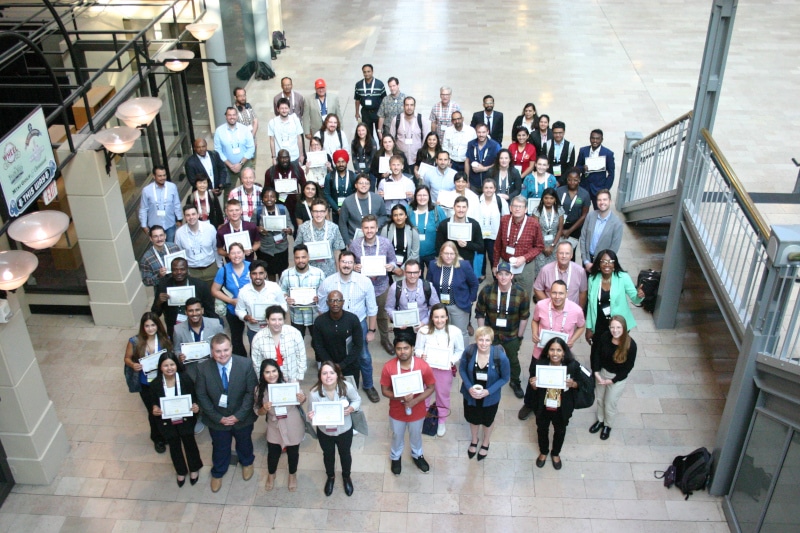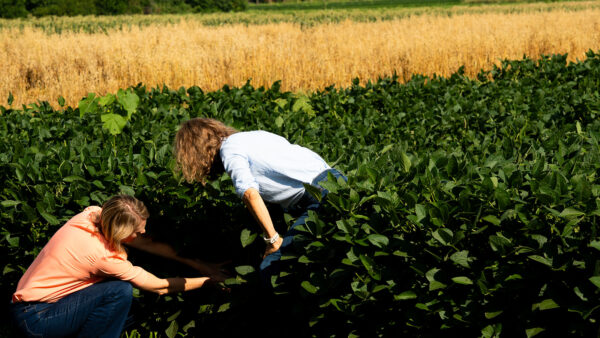In an era where innovation is key to the future of agriculture, effective communication and collaboration among breeders is critical. This is where the Plant Breeding Coordinating Committee (PBCC) steps in. The PBCC’s mission? To ensure that public breeding programs are stronger and more sustainable for the future, with an emphasis on increasing efficiencies across the board.
The PBCC founded the National Association for Plant Breeding (NAPB), and actively collaborates with the United States Department of Agriculture (USDA). One of the key issues the PBCC is tackling is the smooth transition of germplasm and knowledge from outgoing breeders to their successors, says PBCC chair Jenny Koebernick, cotton and soybean breeder at Auburn University.
“We recently had a meeting to discuss germplasm transitions—from old breeders to new breeders, and old positions to new ones,” she says. “What we realized is that there are no standard best practices at any university for how to facilitate this transition smoothly. We debated both good and bad transitions and identified that developing standard operating practices is something we need to achieve this year.”
Though the immediate development of these guidelines may not be the highest priority for the PBCC, it remains central to their broader goal of enhancing communication across the industry. “The crux of what we’re trying to do is foster stronger public breeding programs. By increasing communication with private industry, we can help ensure these programs are sustainable,” Koebernick added.
The PBCC’s efforts extend beyond logistical improvements. Collaboration is also a critical element of their approach. “Having a platform where breeders can come together is invaluable,” she adds. With the NAPB now in play, breeders across crops are finding new opportunities to connect and collaborate.
“As someone who deals with two crops, I already knew everyone in my main crop field. But through NAPB, I’ve become well-connected with people working in my secondary crop,” she says. “It’s a great place to foster creativity and relationships. I’ve seen firsthand how ideas from other crops, individuals, or universities can help breeders think outside the box. Whether it’s a minor crop or a major one, these interactions can spur excitement and innovation.”










